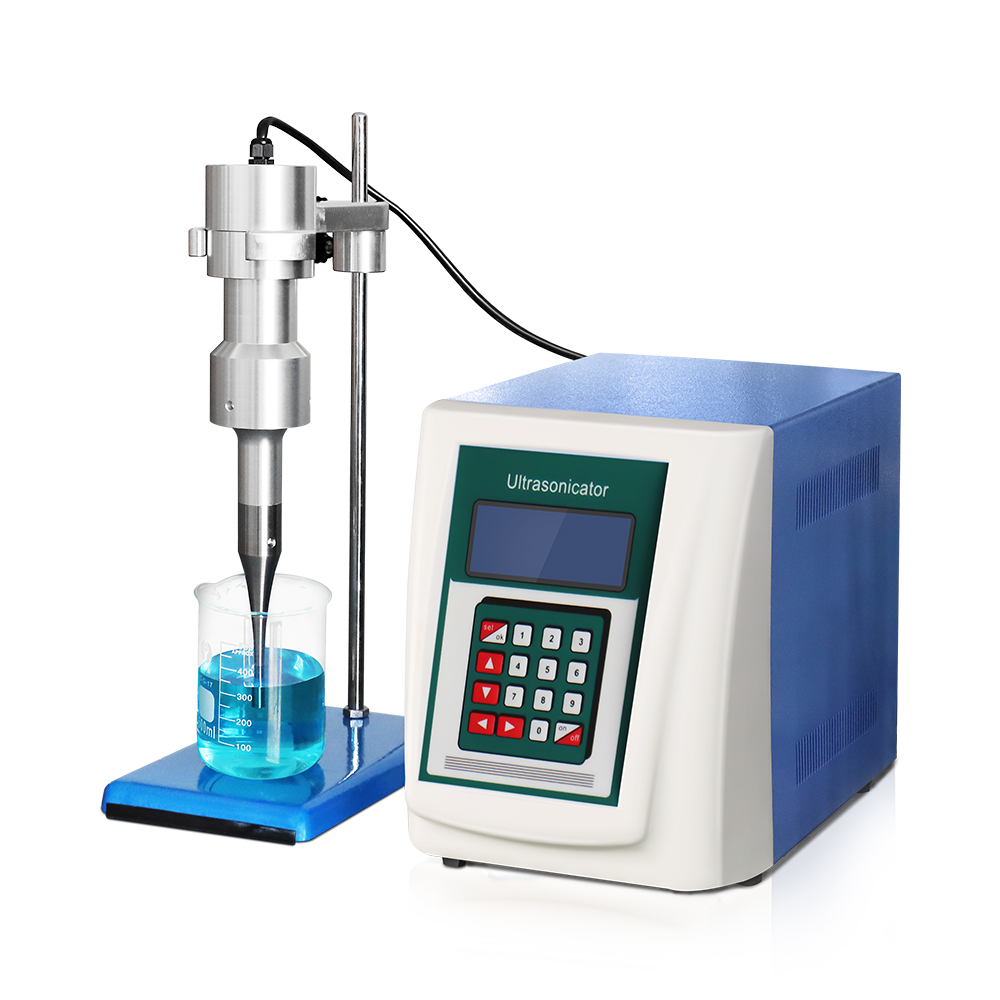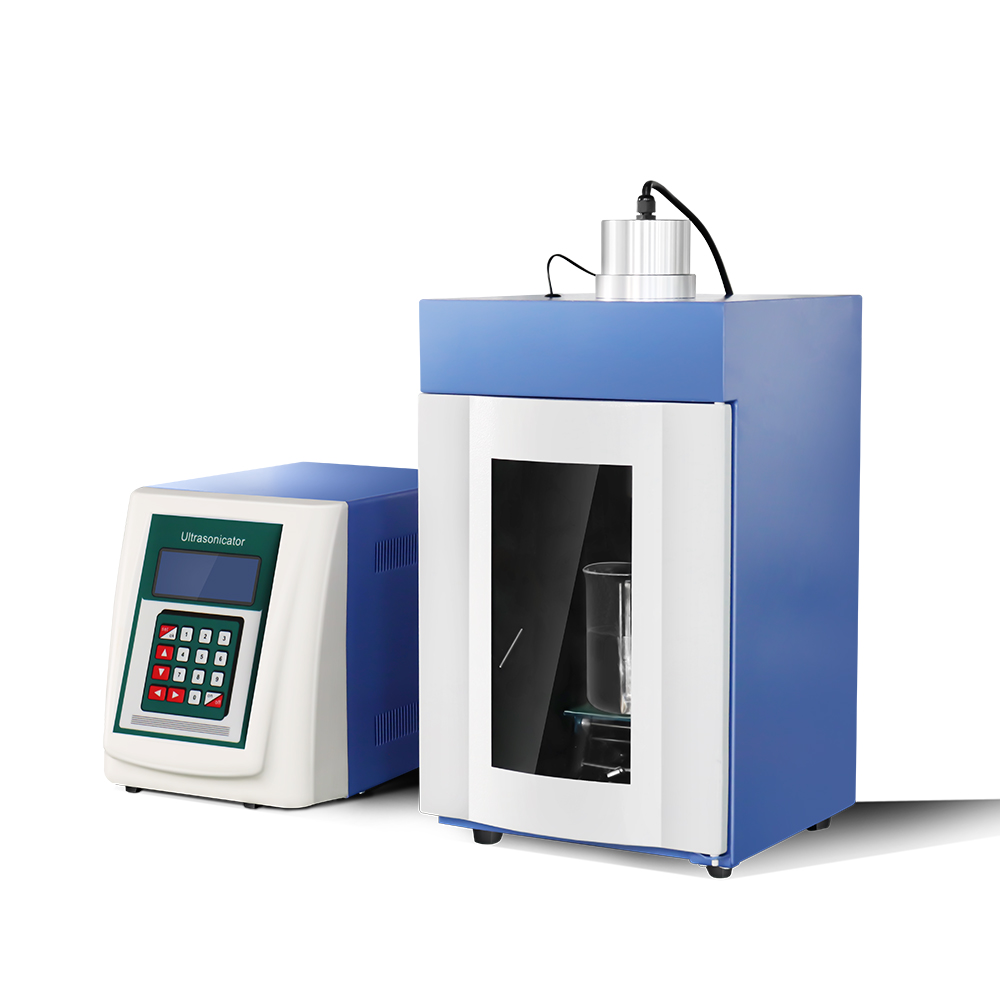The ultrasonic cell disrupter is a highly advanced and versatile device used in a variety of scientific and medical applications. The principle is to use high-frequency sound waves to destroy or break down cells, tissues and organelles. This cutting-edge technology is revolutionizing the field of cell disruption by providing a faster, more efficient, non-invasive alternative to traditional methods.

One of the most common applications of ultrasonic cell disrupters is in the field of molecular biology, specifically the extraction of DNA, RNA and proteins from cells and tissues. By subjecting the sample to high-frequency sound waves, the cell walls are disrupted, releasing the desired biomolecules. The process eliminates the need for labor-intensive and time-consuming mechanical grinding or chemical treatments, saving valuable time and resources.
In addition, ultrasonic cell disrupters are widely used in biotechnology and biochemical research. Cell disruption is a fundamental step in the production of recombinant proteins, vaccines, and therapeutics. The ability to precisely and efficiently disrupt cells could improve the yield and quality of expressed proteins, thereby speeding up the drug development process and potentially leading to life-saving treatments.
Another area where ultrasonic cell disruptors are demonstrating their effectiveness is in the field of nanotechnology. The equipment is used to break down nanoparticles and nanostructures, aiding in the characterization and synthesis of advanced materials. Controlled application of ultrasound energy enables precise control of particle size, shape and distribution, allowing scientists to tailor materials for specific applications, such as drug delivery systems or energy storage devices.
In addition, ultrasonic cell disrupters are used in bacterial and microbial research. This innovative technology provides a rapid and efficient method of cell lysis, allowing scientists to study the genetic material and virulence factors of various bacterial strains. By disrupting bacterial cell walls, researchers can gain insights into their structure, function and mechanisms of antibiotic resistance. This knowledge plays a crucial role in the development of new antimicrobial drugs and strategies.
In addition to their applications in scientific fields, ultrasonic cell disrupters have found a place in medical and clinical settings. The device is used for diagnostics, specifically for detecting and identifying pathogens in patient samples. By destroying the cells, the pathogen's DNA or RNA is released, allowing accurate identification using a variety of molecular biology techniques. This helps diagnose infectious diseases quickly and accurately and guide appropriate treatment decisions.

In conclusion, the ultrasonic cell disrupter is a powerful tool with a wide range of applications in scientific research, biotechnology, nanotechnology and medicine. Its ability to effectively destroy cells, tissues and organelles has revolutionized various fields by providing faster, more precise and non-invasive methods of cell destruction. From DNA extraction and protein production to nanomaterial synthesis and pathogen detection, this technology has the potential to advance scientific understanding and improve healthcare outcomes. As research and innovation continue to advance, ultrasonic cell disrupters will undoubtedly play a vital role in shaping the future of these fields.
Post time: Oct-10-2023






